ASICS x CEC: City Living is a Sport – ft. Donna-Lee De Kock
‘THE STYLIST WHO IS THE MOODBOARD.’
We don’t talk enough about how styling is physically demanding. Lugging rails, steamers and garment bags—it’s best to be comfortable, but that shouldn’t compromise your dress code. This is the stylist who makes effortlessness look intentional. You can catch her meditating on her next accessory stack or sourcing for the fitting like it’s a sixth sense.
‘City Living Is A Sport’—our latest editorial collaboration with ASICS SportStyle—is a testament to the creative figures who, by their very expression, create the pace and mood of the city that they live and work in— emboldening its creative and cultural expression. Together with ASICS, we’re shining a light on the creatives who master this urban rhythm with ease; so far, we have featured Andile ‘Ace’ Dlamini, Tarryn ‘Bambi’ Tippens, Reagan Paulsen and Kitso Kgori.
Next up is the powerful force de fashion Donna-Lee De Kock, the stylist who is the moodboard.
Donna-Lee’s ability to translate inspiration into tangible fashion moments makes her a sought-after creative force, but beyond her sharp eye for curation, she embodies the duality of high-impact dressing and real-world practicality—a necessity in the physically demanding world of styling.
‘CITY LIVING IS A SPORT’ Produced by CEC for ASICS SportStyle with Creative Direction by Candice Erasmus, Talent: Donna-Lee De Kock, Photographer: Keegan Foreman
‘CITY LIVING IS A SPORT’ Produced by CEC for ASICS SportStyle with Creative Direction by Candice Erasmus, Talent: Donna-Lee De Kock, Photographer: Keegan Foreman
“My personal style influences every mood board and look I create,” Donne-Lee shares. “I love using accessories to elevate basic outfits. The right accessories can completely transform a look and appeal to a different audience. When I build characters for TV commercials or movies, I love playing with hats, jewelry, scarves, and hair accessories. Layering these elements adds so much personality.”
Donna-Lee’s approach underscores how the smallest details can make the biggest impact, whether in personal styling or commercial work. Her philosophy? Build from the ground up, treating accessories as the punctuation marks of an outfit.
The fashion industry is often associated with glamour, but behind the scenes, it’s a world of movement, heavy lifting, and long hours on your feet. Donna-Lee doesn’t sugarcoat the demands of her profession. “Styling is not as glamorous as you’d think. Most of the time, you’re running around, carrying heavy things, covered in dust. GET THAT HEARTRATE UP, GIRL!” she laughs. “Being fast and efficient on the job is often a big requirement. I love checking my step count at the end of a long day. Comfort is a very big factor in being fast and efficient.”
Early in her career, Donna-Lee admits she prioritised style over comfort, but with fashion’s evolution, she no longer has to choose. “Fashion has advanced so much that nothing needs to be sacrificed anymore. Comfort and steeze can exist simultaneously. Shoes with high comfort design that are also steezy exist now, and it’s no longer a secret.” From concept to reality — Donna-Lee is always building a wardrobe that works.
A stylist’s work is part art, part logistics. Donna-Lee approaches every project with a structured process that ensures both creativity and practicality. “In my personal wardrobe, sustainability has become more important in recent years—such as sourcing responsibly and making use of what I already have. I regularly assess my wardrobe to identify gaps, donate or rework pieces, and challenge myself to find multiple ways to style a single item. Finding your personal style is a journey. Trends come and go, but your personal style remains. You should wear your clothes, not the other way around.”
When styling for commercial work, Donna-Lee’s approach shifts to align with the client’s vision. “The concept or brief is decided by the client. I use this vague concept to create a moodboard, breaking down each character’s wardrobe vision based on their role and personality. There are often many boundaries in commercial styling, and you can’t always be as free and creative as you’d like. The client’s opinion is the top priority. Once they approve the moodboards, I source based on these moods, fit the cast, and refine the looks until the client is happy.”
‘CITY LIVING IS A SPORT’ Produced by CEC for ASICS SportStyle with Creative Direction by Candice Erasmus, Talent: Donna-Lee De Kock, Photographer: Keegan Foreman
‘CITY LIVING IS A SPORT’ Produced by CEC for ASICS SportStyle with Creative Direction by Candice Erasmus, Talent: Donna-Lee De Kock, Photographer: Keegan Foreman
For Donna-Lee, inspiration is everywhere—but it starts with home. “My friends and my culture are a huge inspiration. The way they wear their clothes, how well they know their bodies, and what looks good on them. Their style is so inherent to them,” she explains. “It’s easy to look to the world for inspiration. We don’t have to do much to find it. But there’s something about the way we dress here, from the cuts of our garments to the way we wear our hats. The steeze! It’s inherent in who we are. How can you not be inspired?”
The campaign tagline, ‘City Living Is A Sport,’ resonates deeply with Donna-Lee. “This is a fact! Going from meetings to sourcing to drinks with friends. ‘So much to do, so little time.’ as they say. Life is so fast-paced! Finding a wardrobe that works for every part of my lifestyle is so important—comfort and steeze!” Donna-Lee’s wardrobe reflects this ethos: adaptable, expressive, and built to perform.
In the campaign, Donna-Lee wears the ASICS GEL-KINETIC FLUENT™ sneaker, a silhouette that blends past and present. Drawing from archived running shoes, it integrates modern technology for ultimate wearability. The shoe’s technical welding and eyelet elements nod to early 2010s runners, while FF BLAST™ PLUS ECO cushioning and Scutoid GEL™ technology provide advanced impact absorption.
Layered over her look is the ASICS LIMITED SERIES ROAD PACKABLE JACKET (KUMODORI) in ‘Birch’—ASICS’ preferred all-season running jacket. Designed with a water-repellent finish, the lightweight, translucent windbreaker is perfect for the unpredictable pace of city life. Inspired by Kabuki theater makeup in Japan, it merges heritage with function, featuring ventilation details for breathability and an adjustable hood for practicality. At least 50% of the garment’s main material is made with recycled content, aligning with Donna-Lee’s sustainability-conscious mindset.
In a city that moves at full speed, Donna-Lee De Kock keeps up—effortlessly blending intention with instinct, practicality with personality. Her styling, much like her wardrobe, is an exercise in precision: every detail matters, and every piece has a purpose. After all, in a world where city living is a sport, the best way to stay ahead is to be dressed for the challenge.
Donna-Lee’s look: Donna-Lee wears the ASICS GEL-KINETIC FLUENT™ sneaker, a fusion of past and present. Inspired by early 2010s runners, its technical welding and eyelet details reference archival designs, while FF BLAST™ PLUS ECO cushioning and Scutoid GEL™ ensure advanced impact absorption. Layered over her look is the ASICS LIMITED SERIES ROAD PACKABLE JACKET (KUMODORI) in ‘Birch’—a lightweight, water-repellent windbreaker ideal for city life. Inspired by Kabuki theater makeup, it blends heritage with function, offering ventilation and an adjustable hood. Made with at least 50% recycled content, the piece reflects Donna-Lee’s commitment to sustainability.
Credits:
Produced by CEC for ASICS SportStyle
Creative Direction by Candice Erasmus
Talent: Donna-Lee De Kock
Production assistant: Grace Crooks
Photographer: Keegan Foreman
HMU: Xola Makoba
Stylist: Holly Beaton
Art Direction and Campaign Design: Briony Blevin
Written by: Holly Beaton
For more news, visit the Connect Everything Collective homepage www.ceconline.co.za



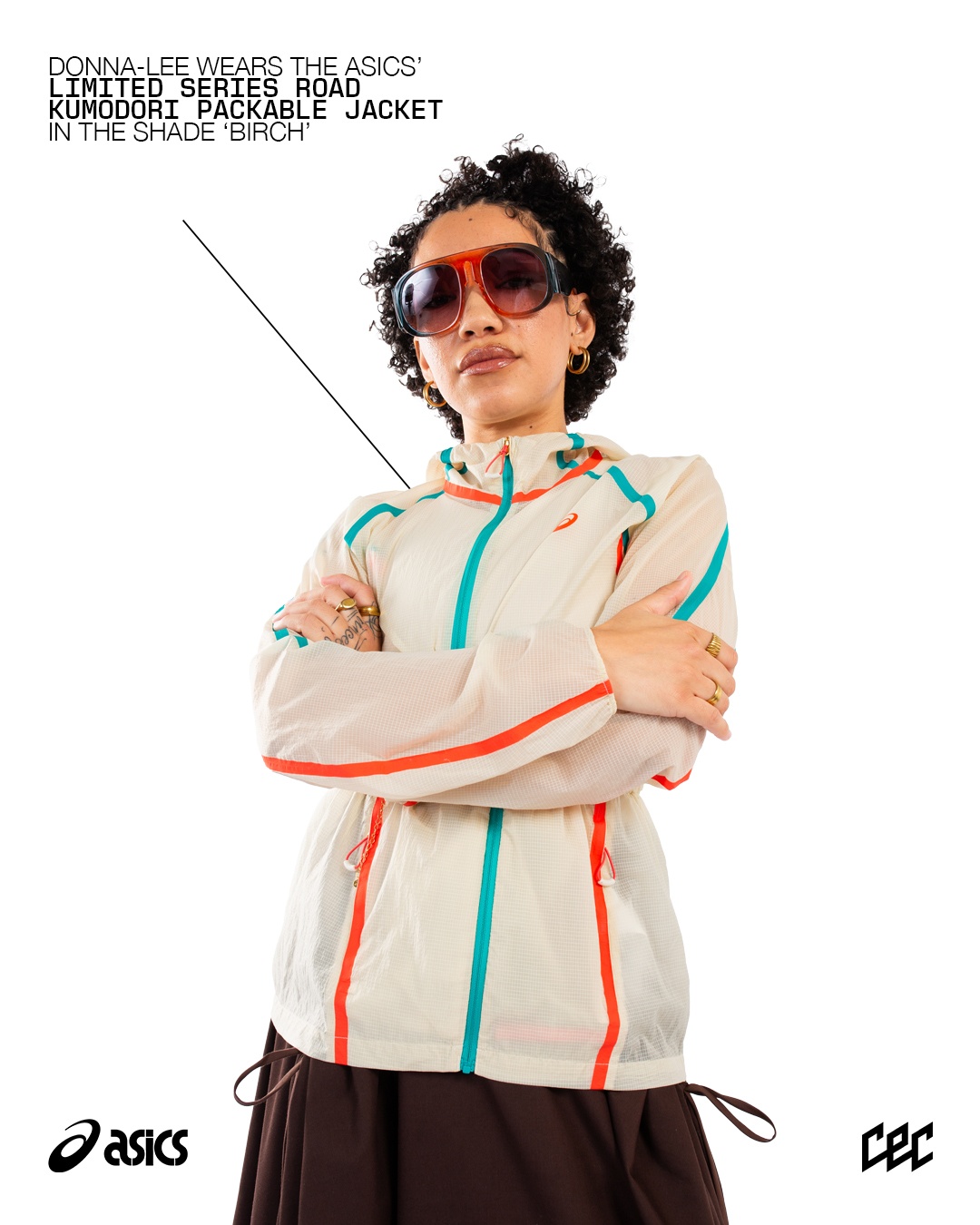
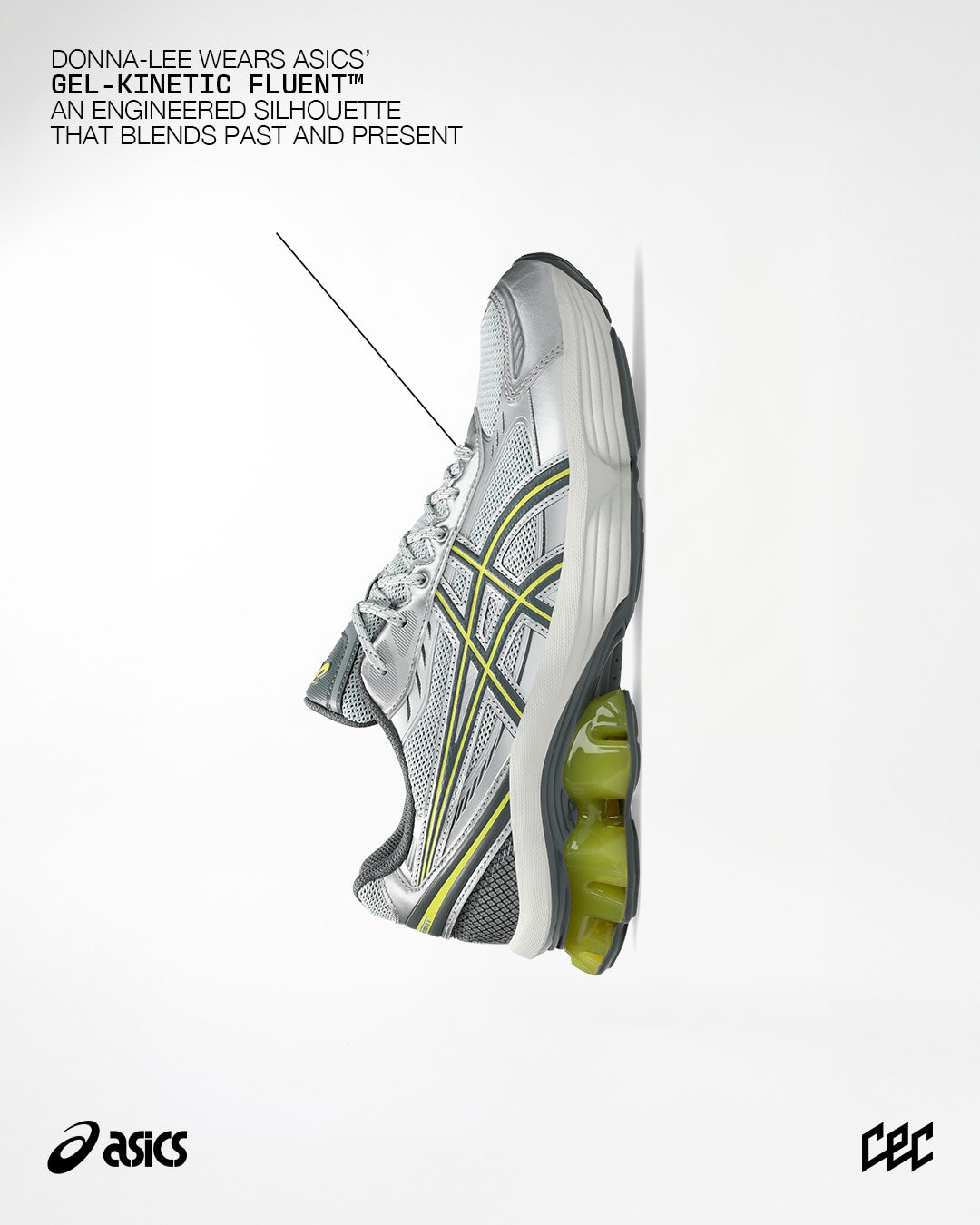

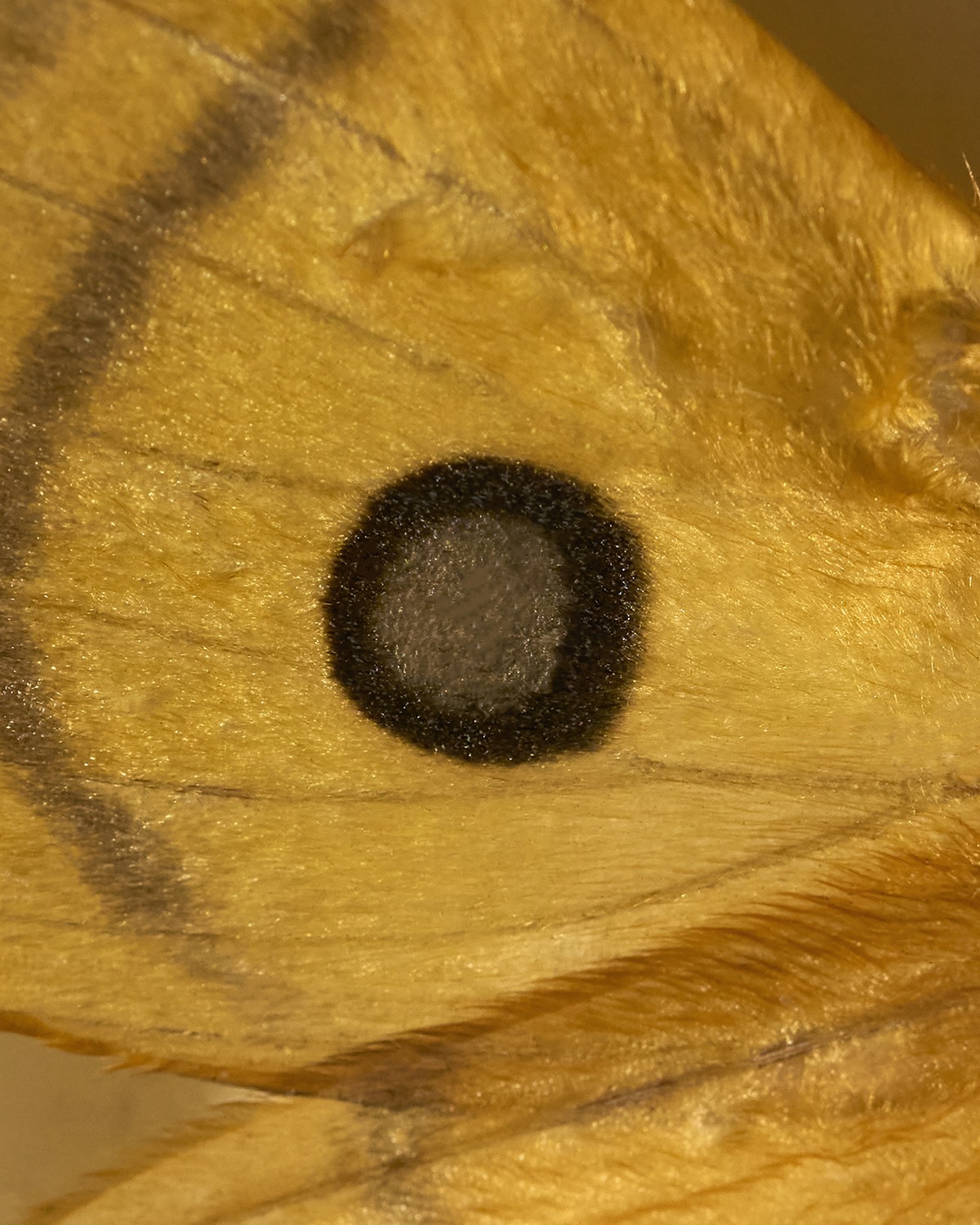
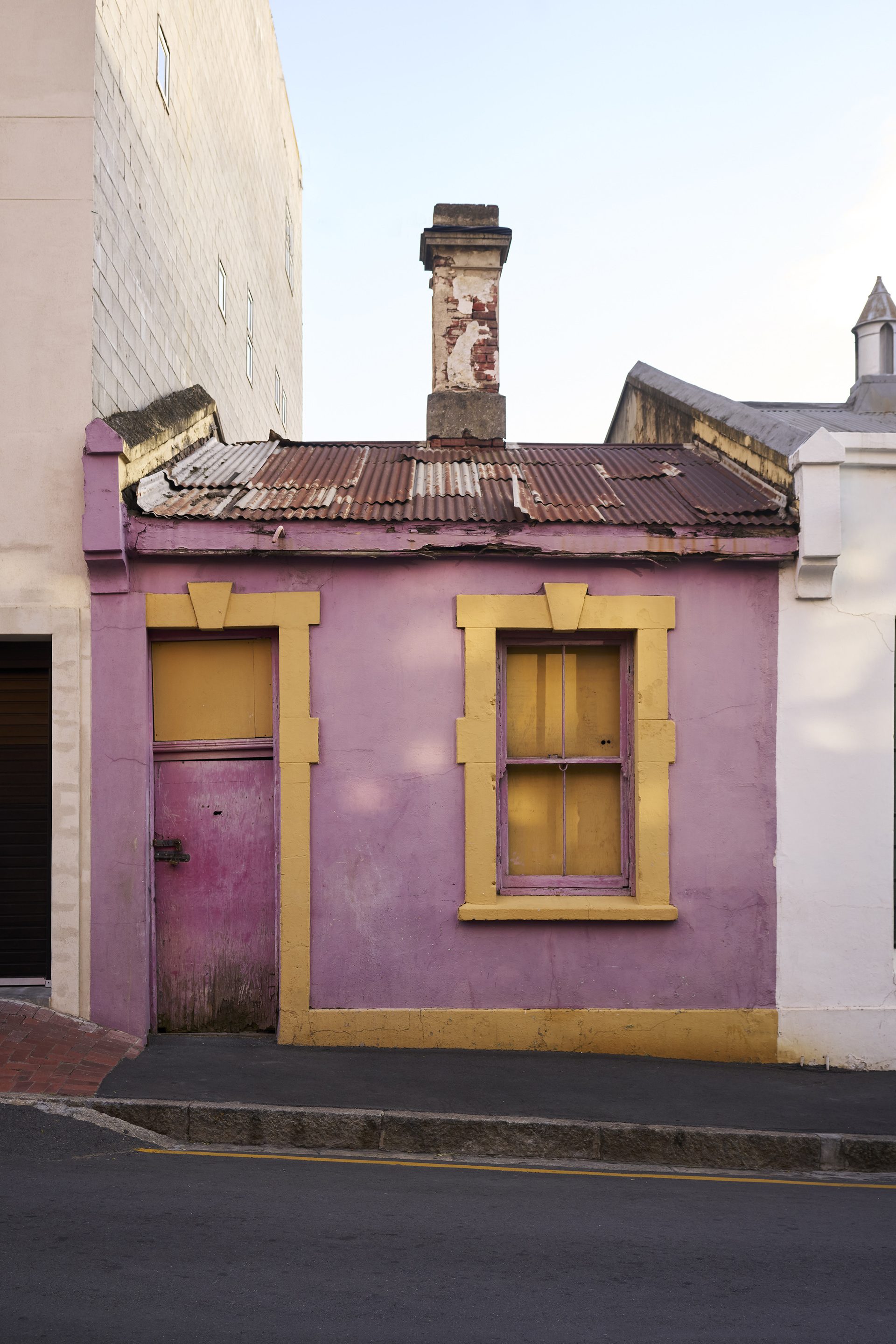
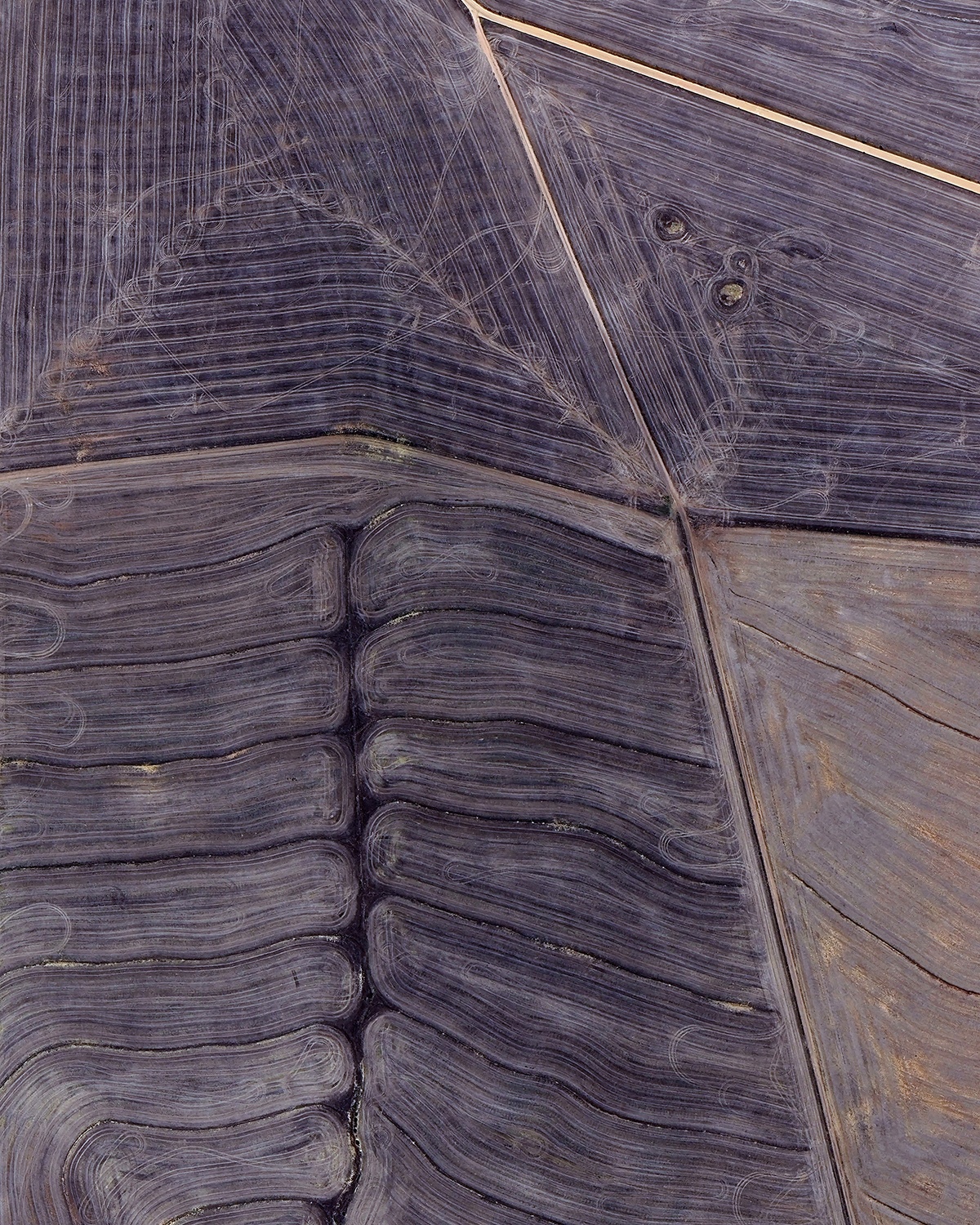

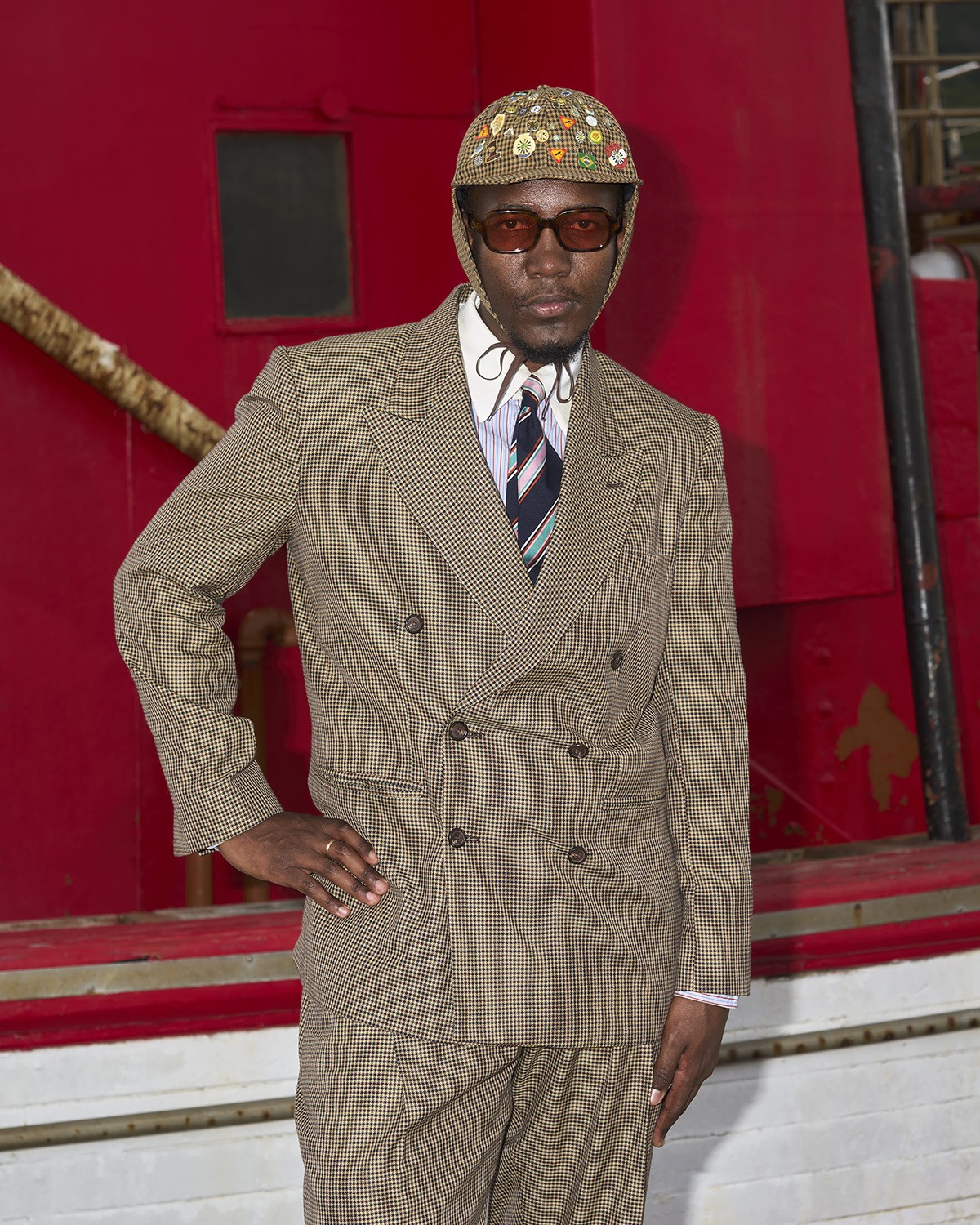
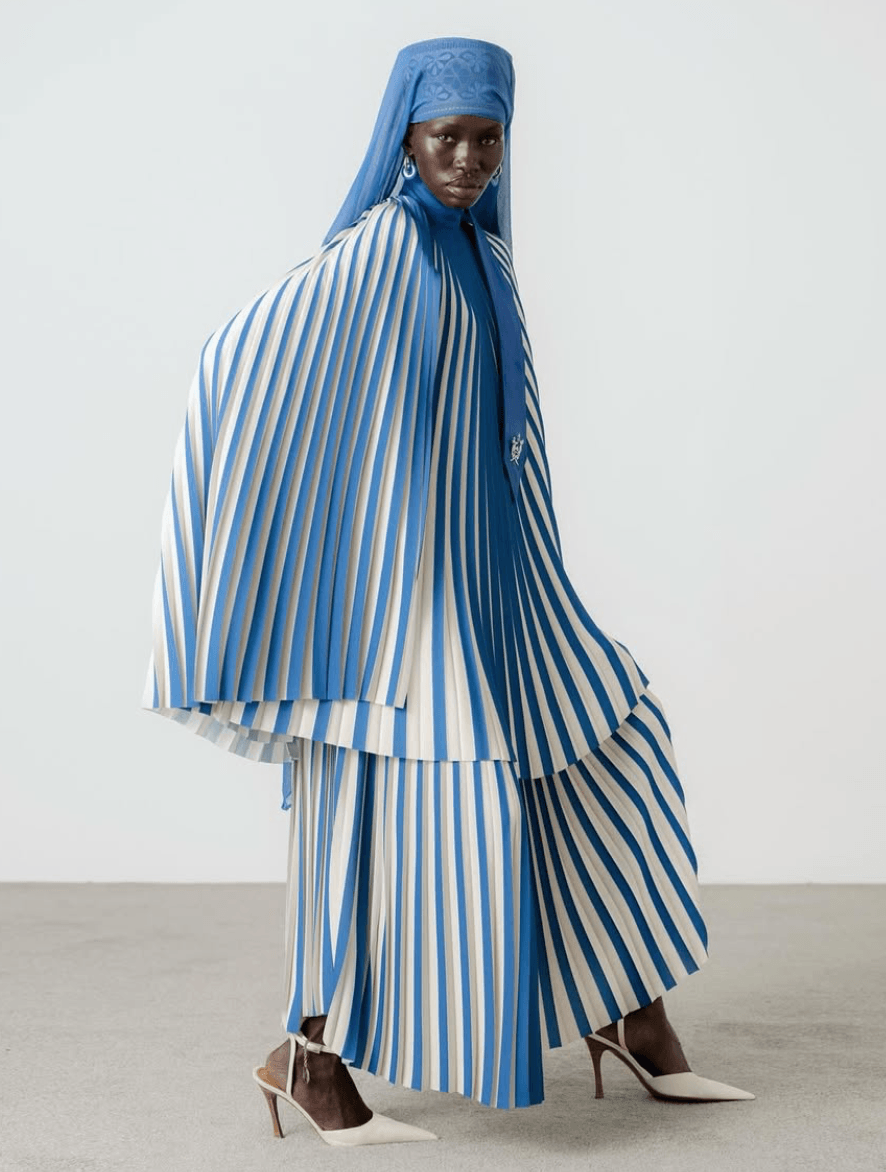
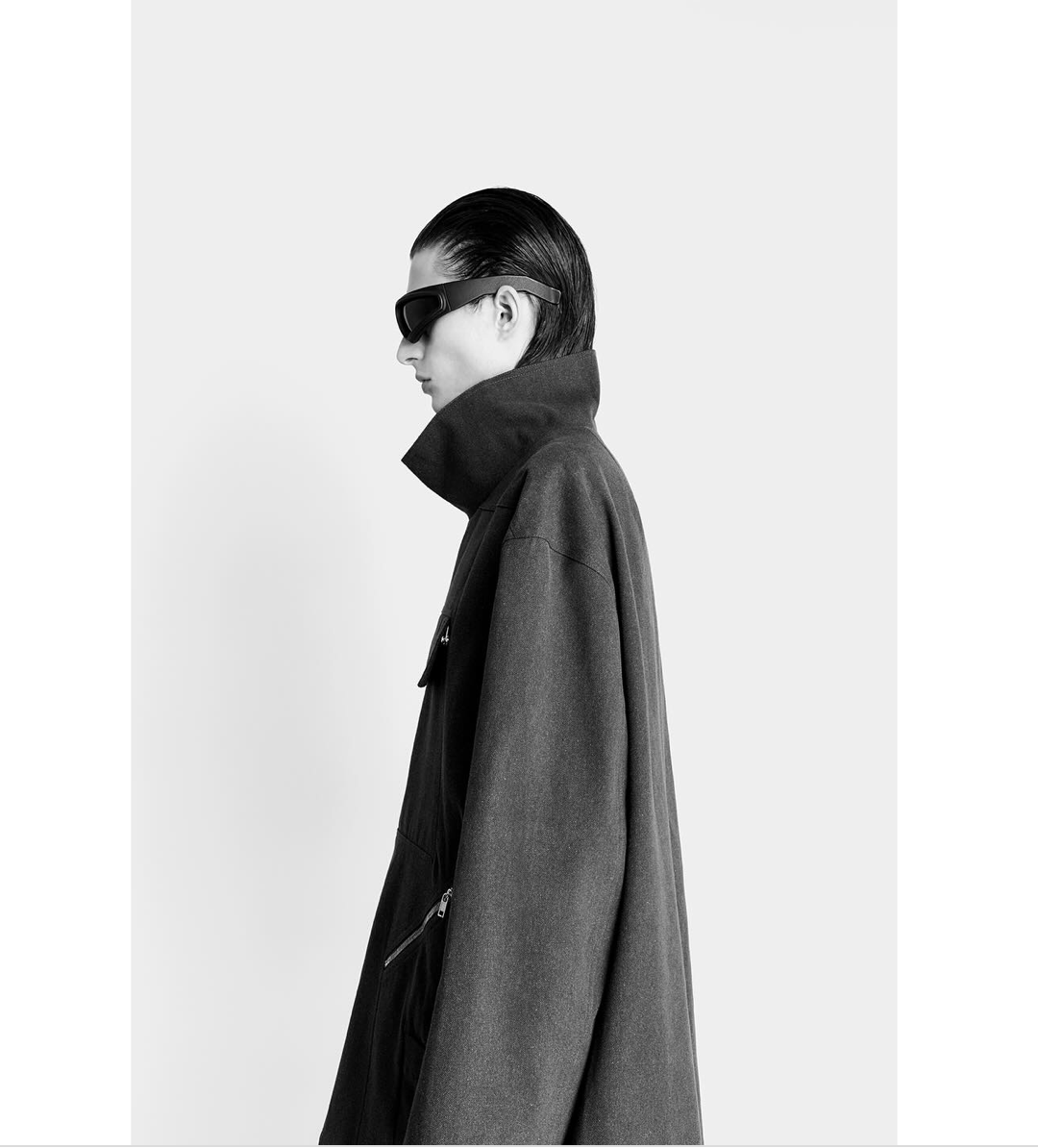
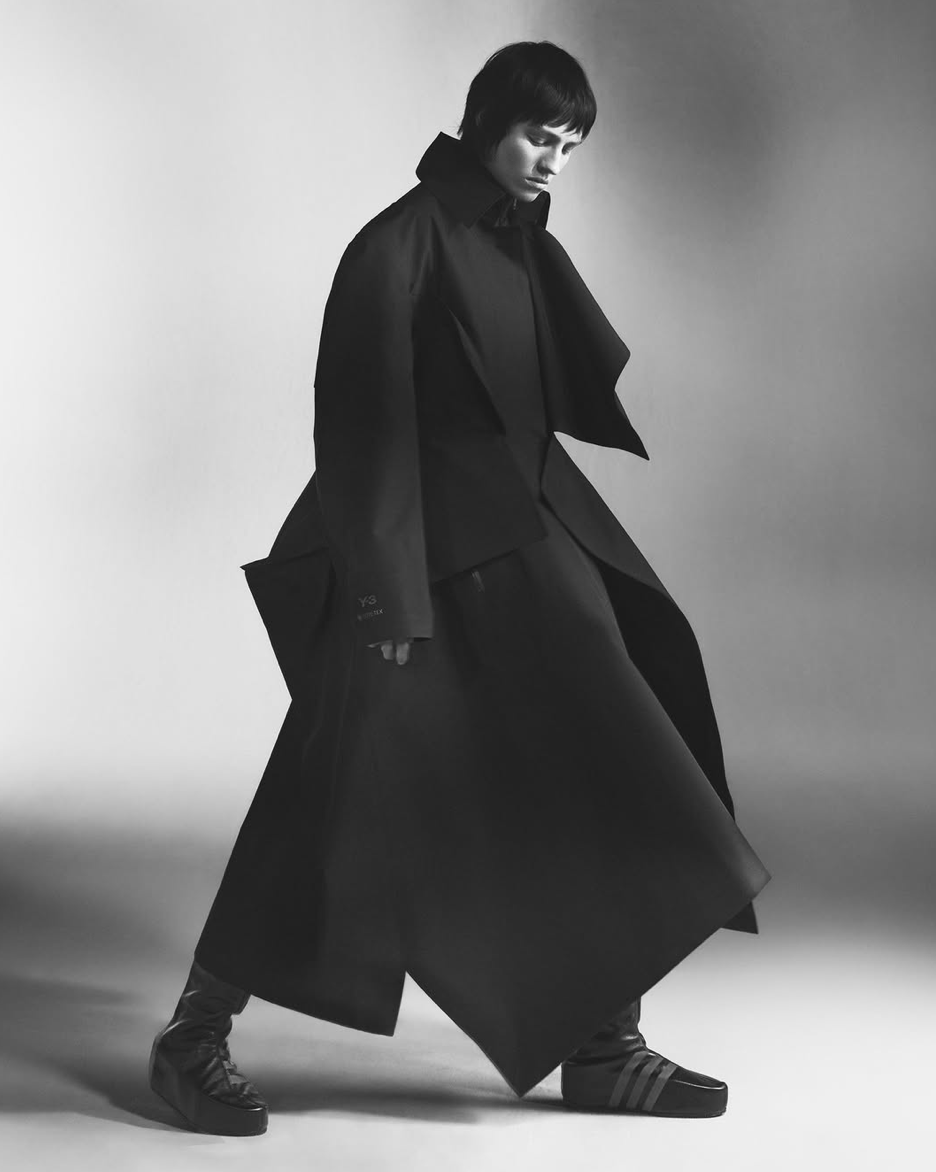
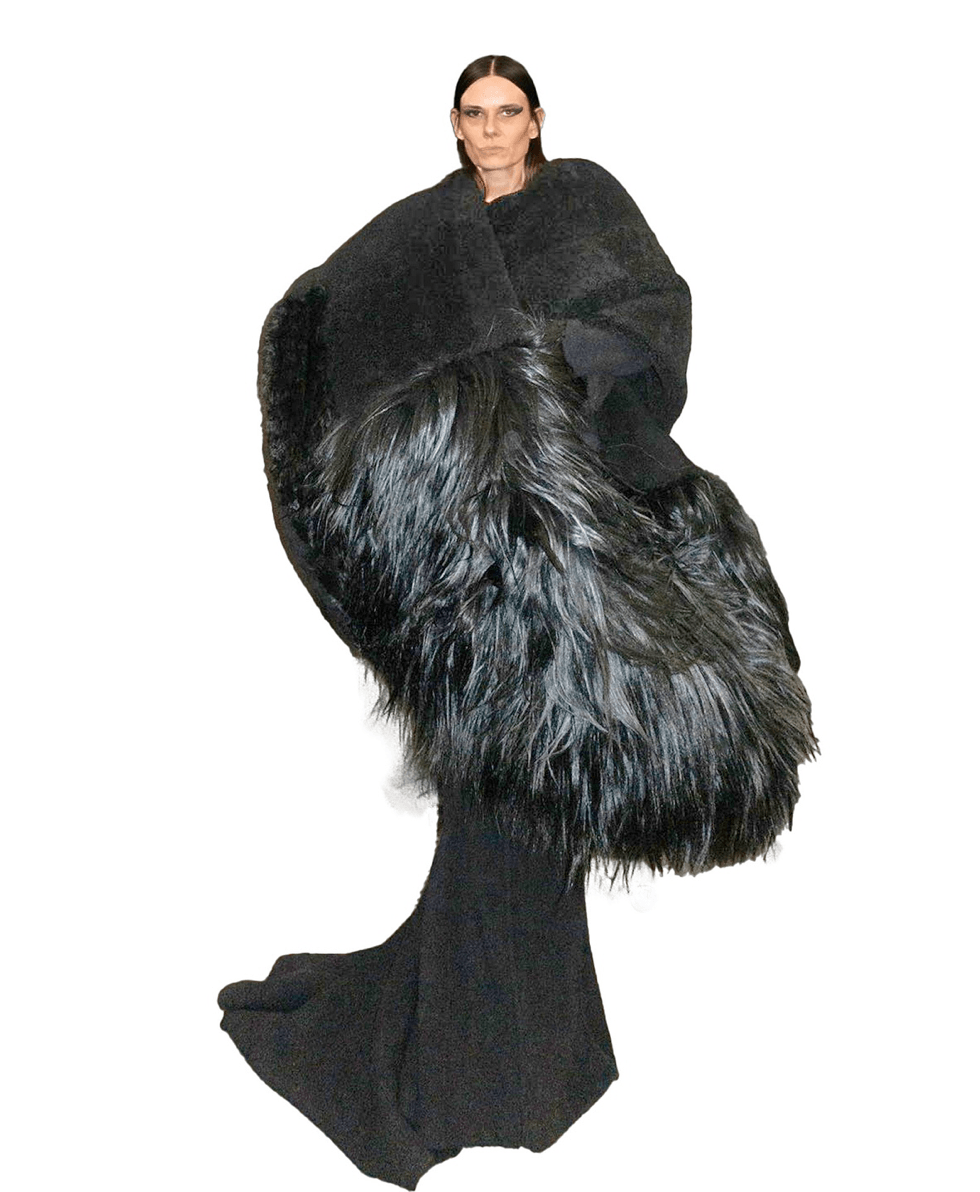
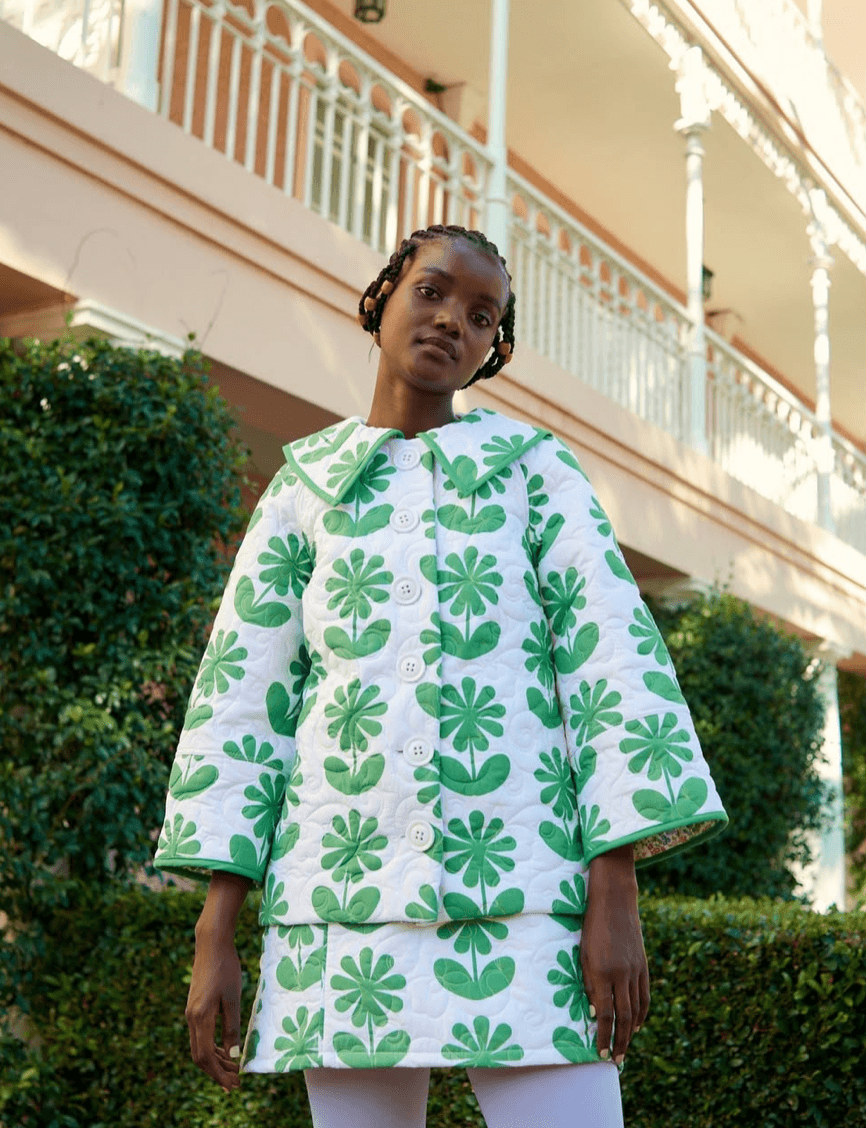
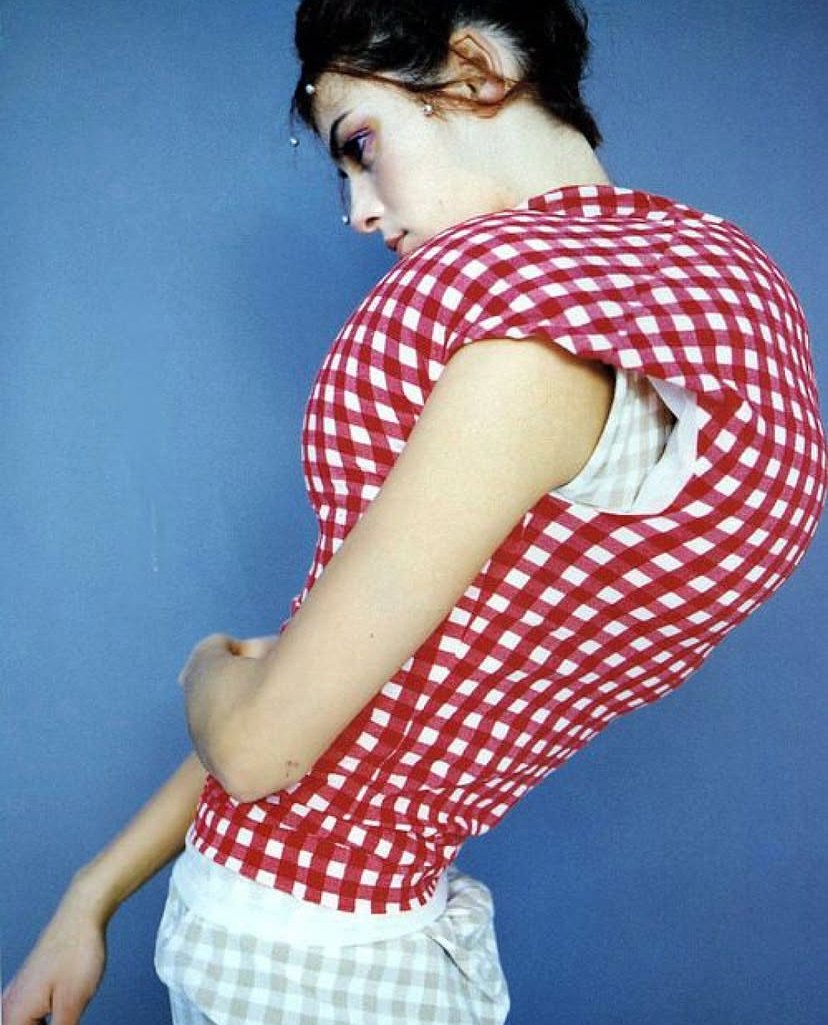
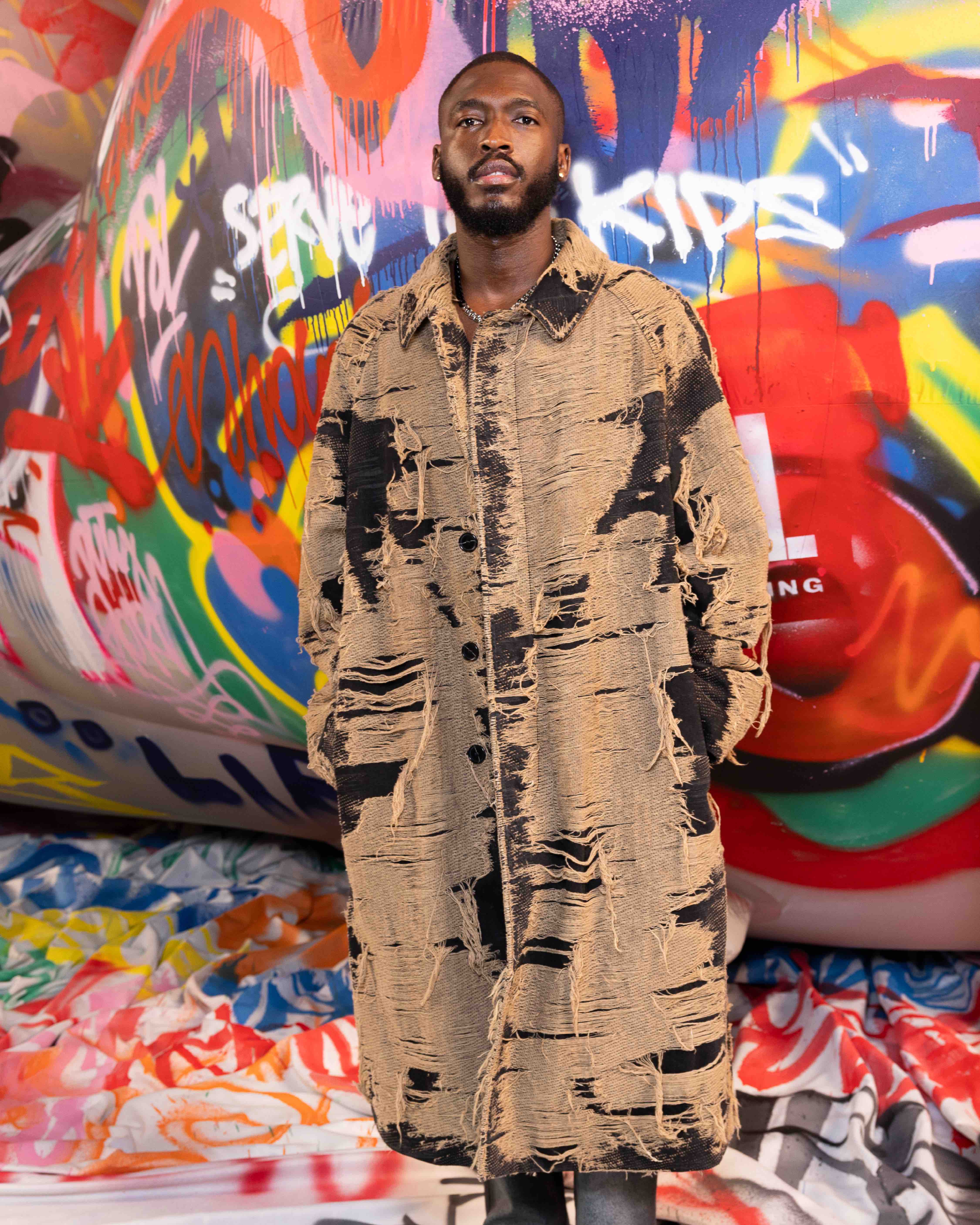
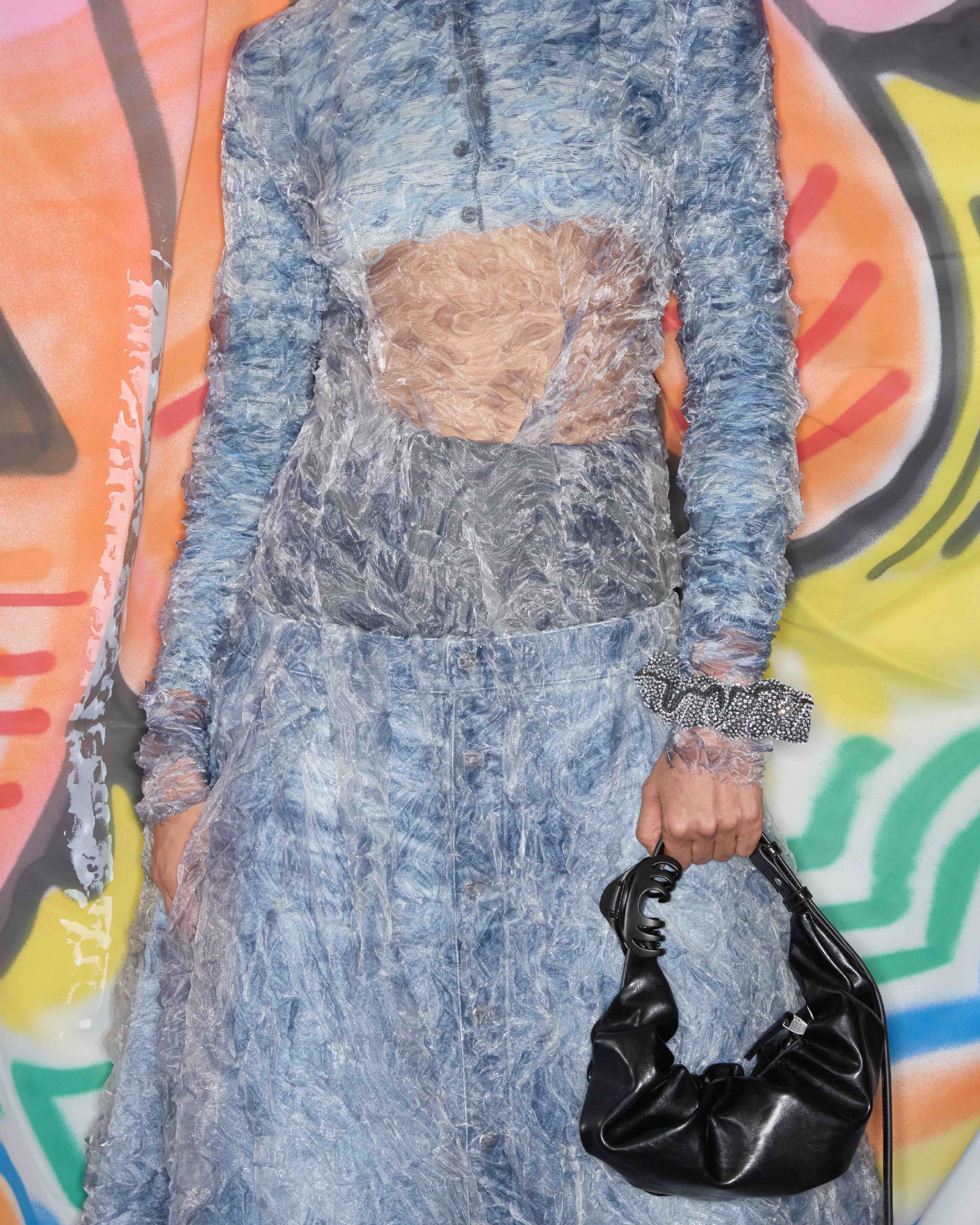
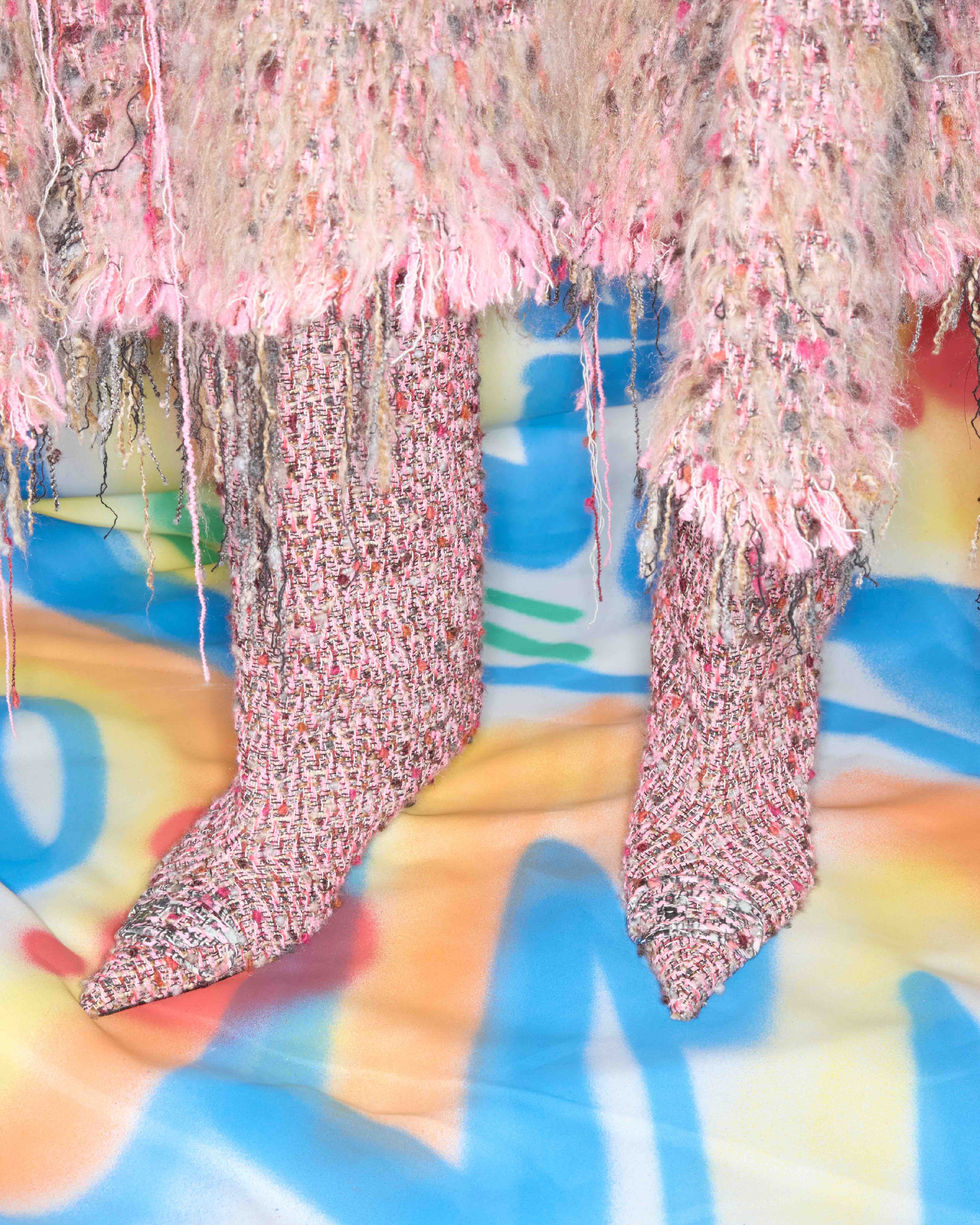
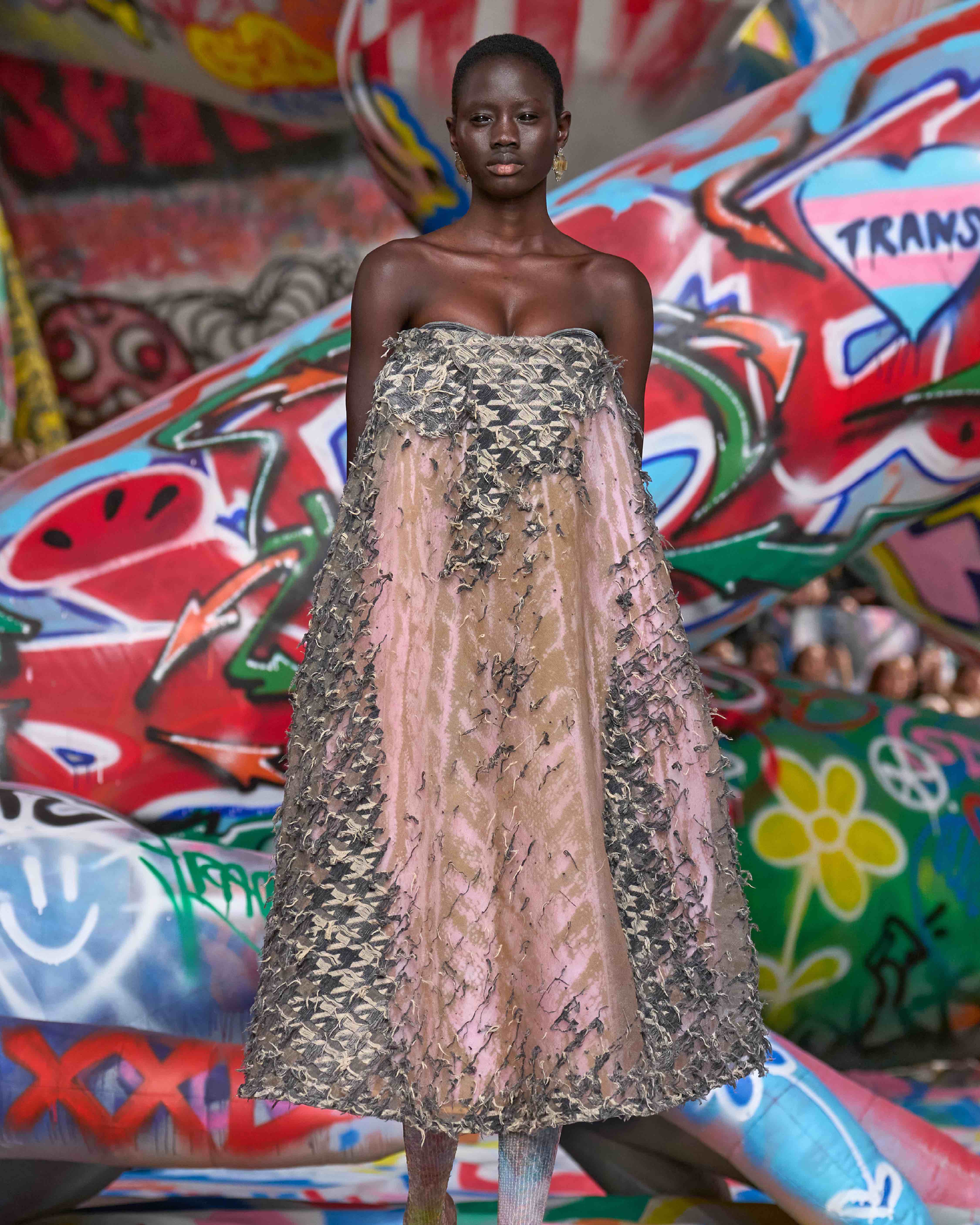
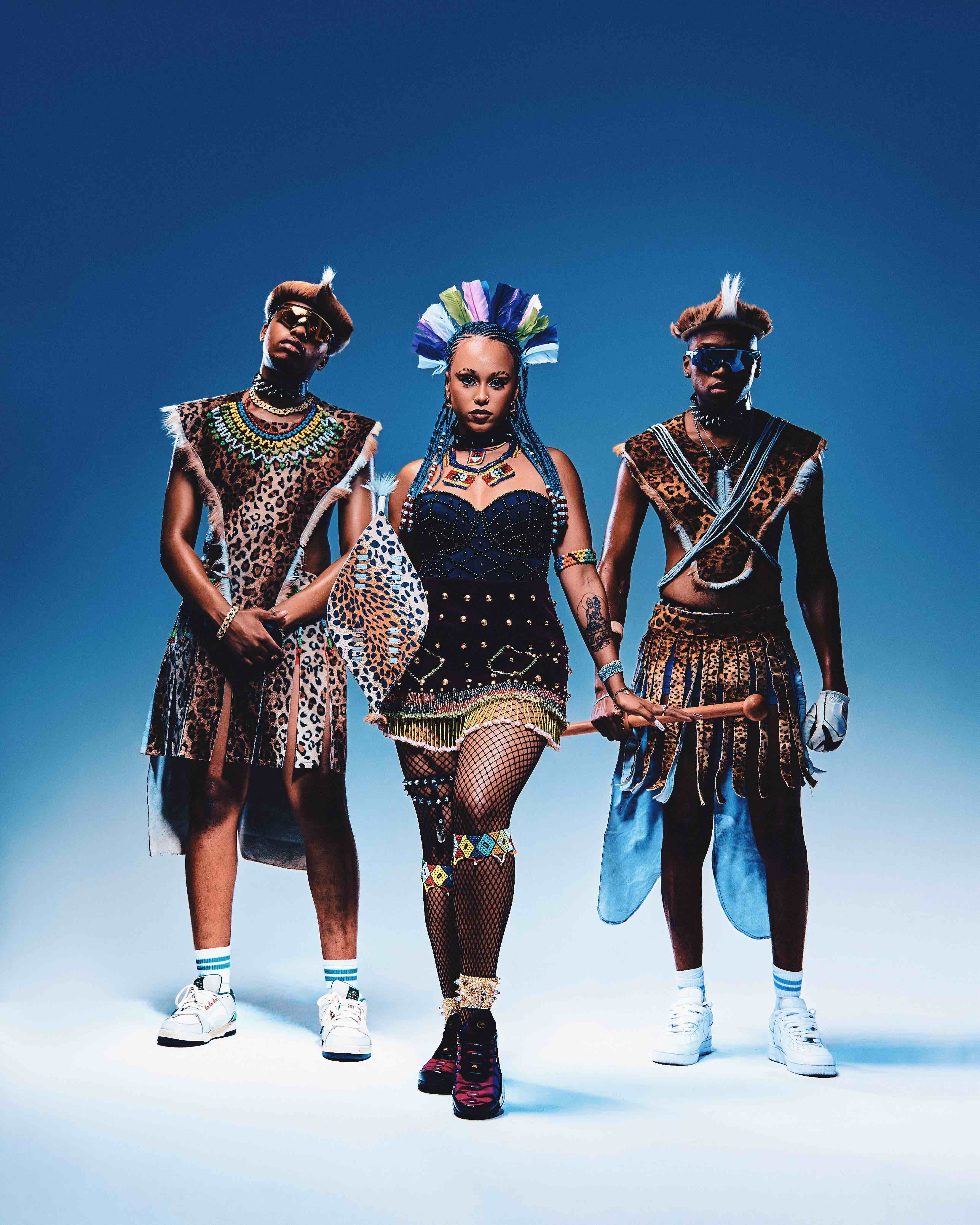

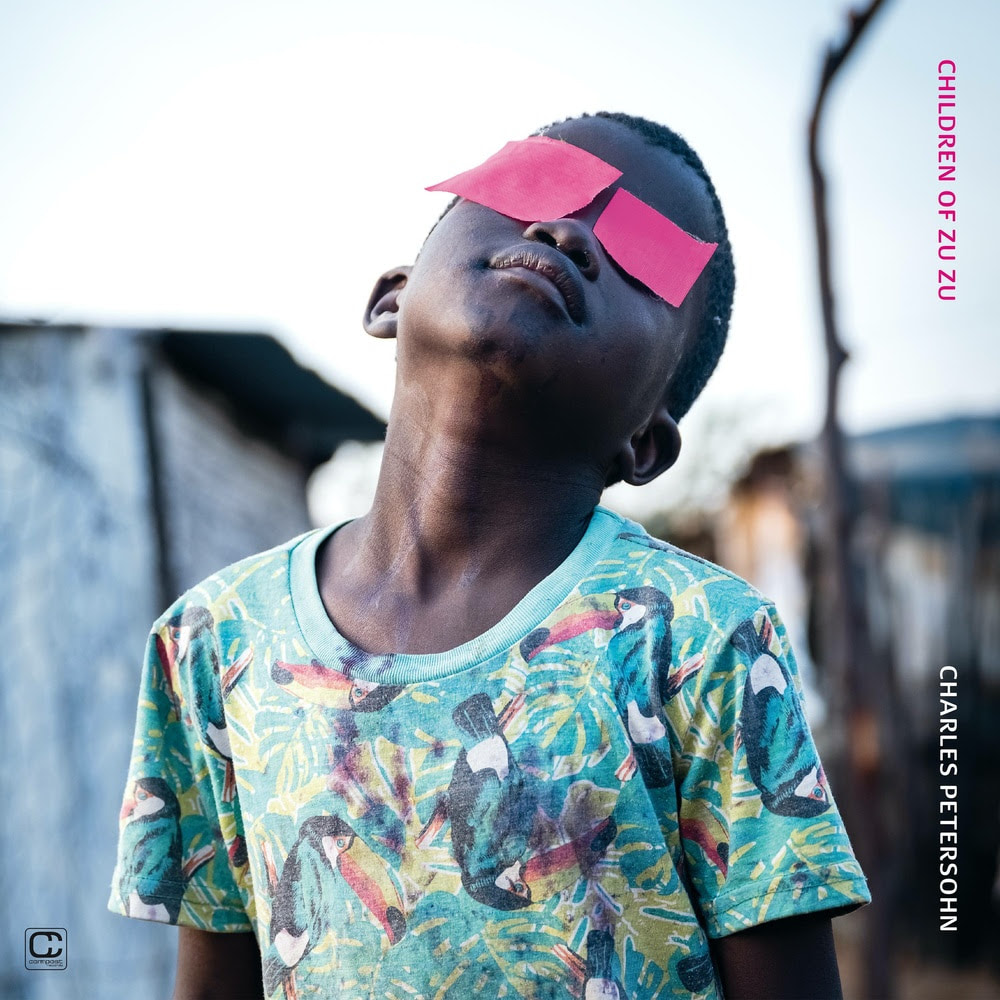

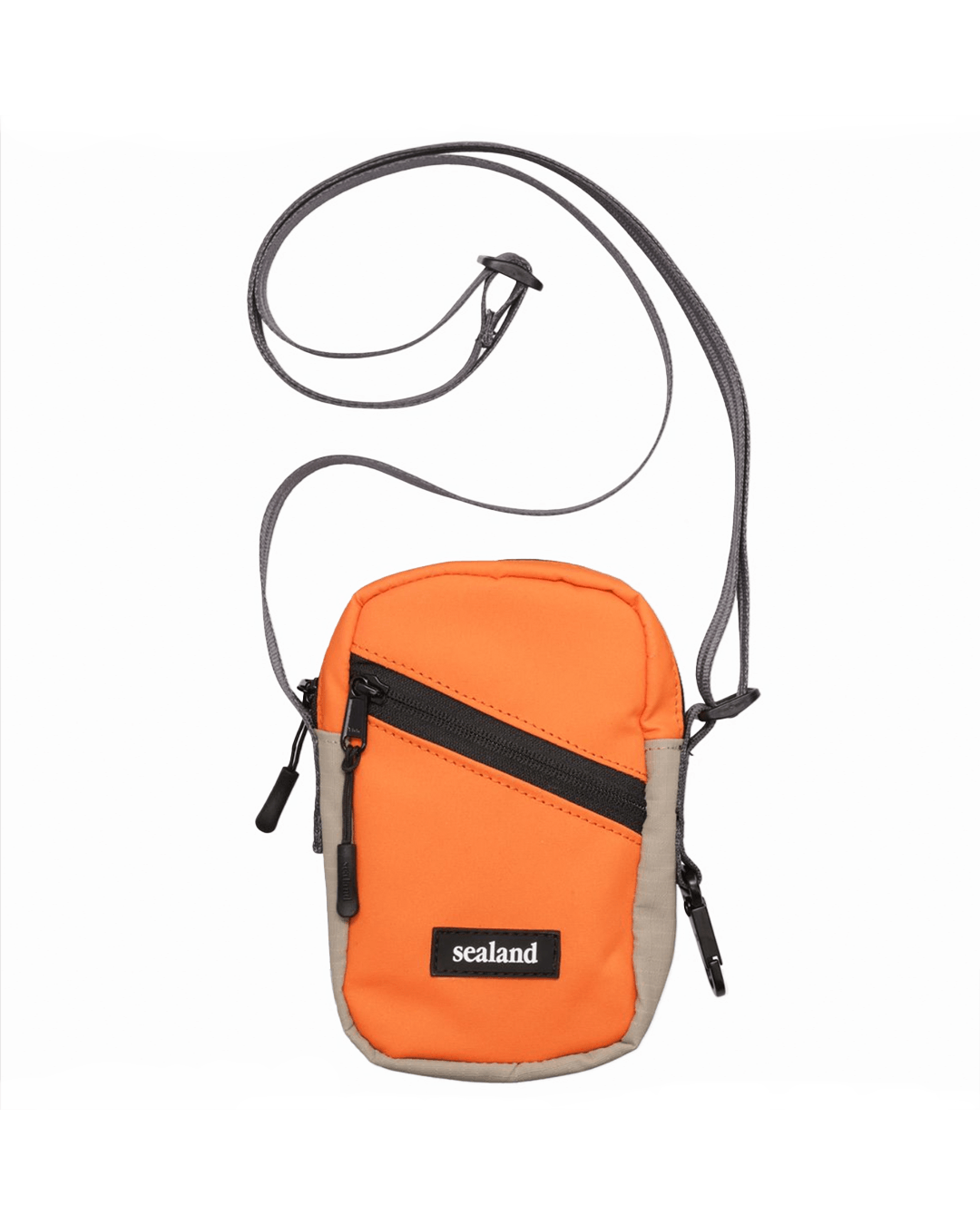



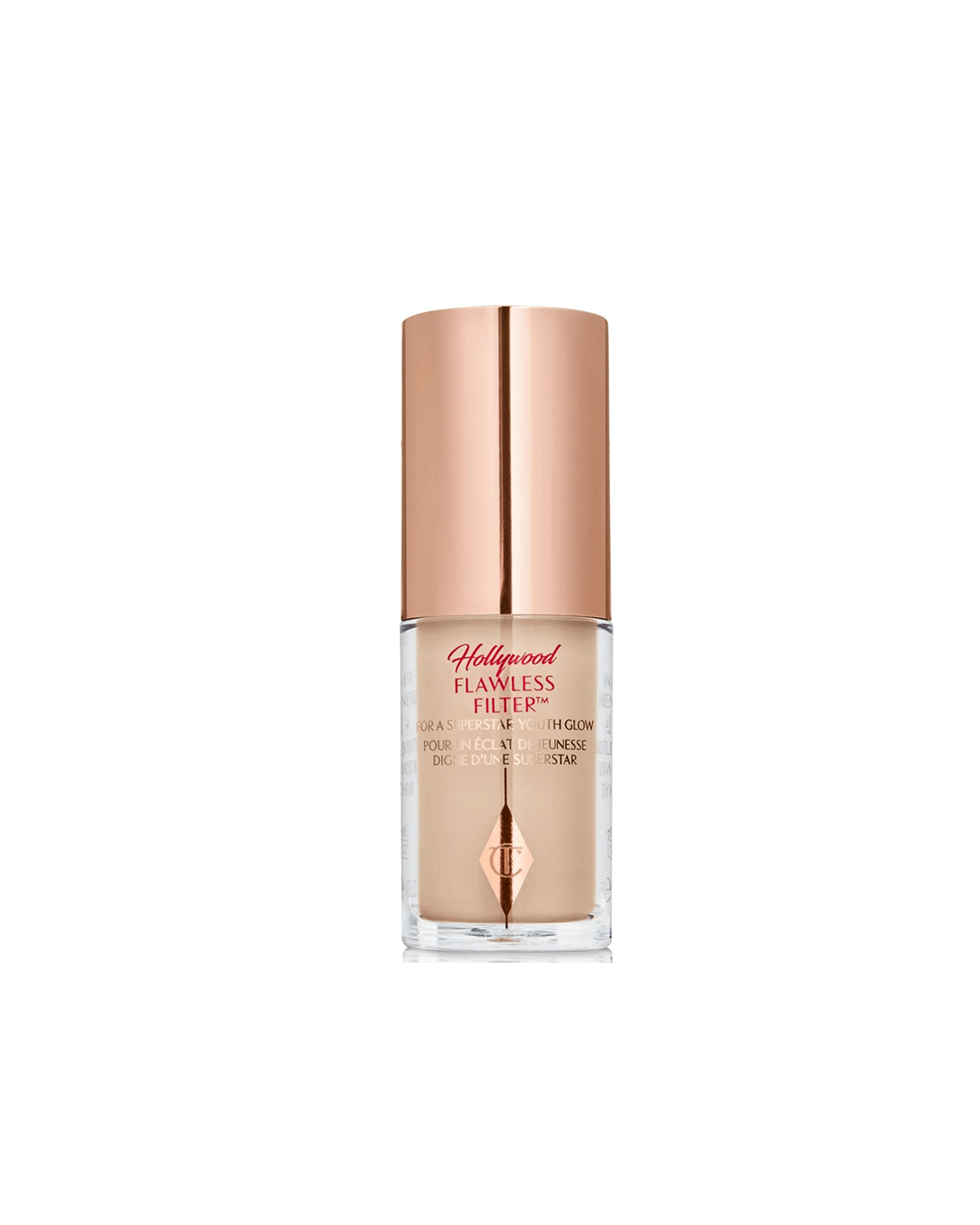


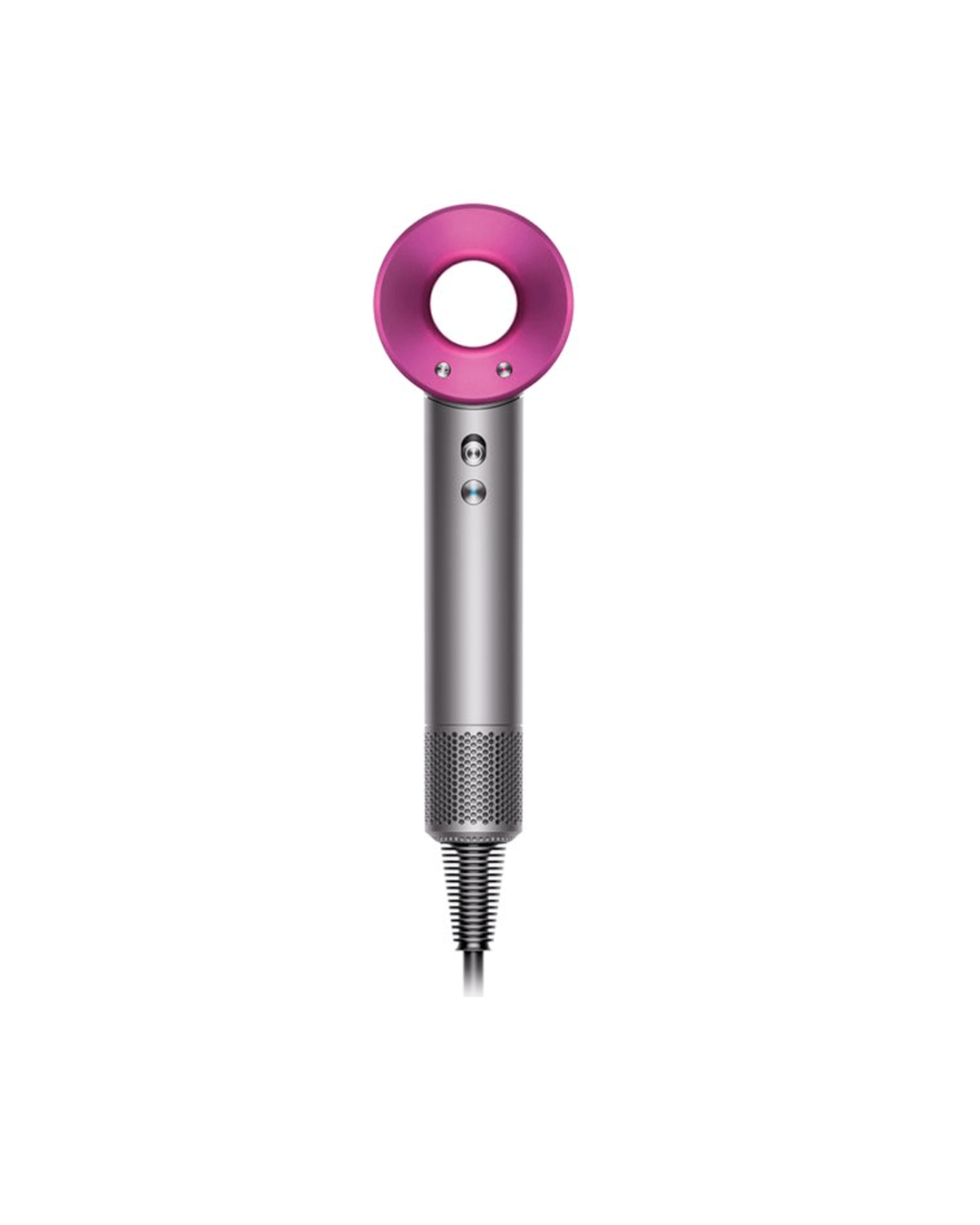


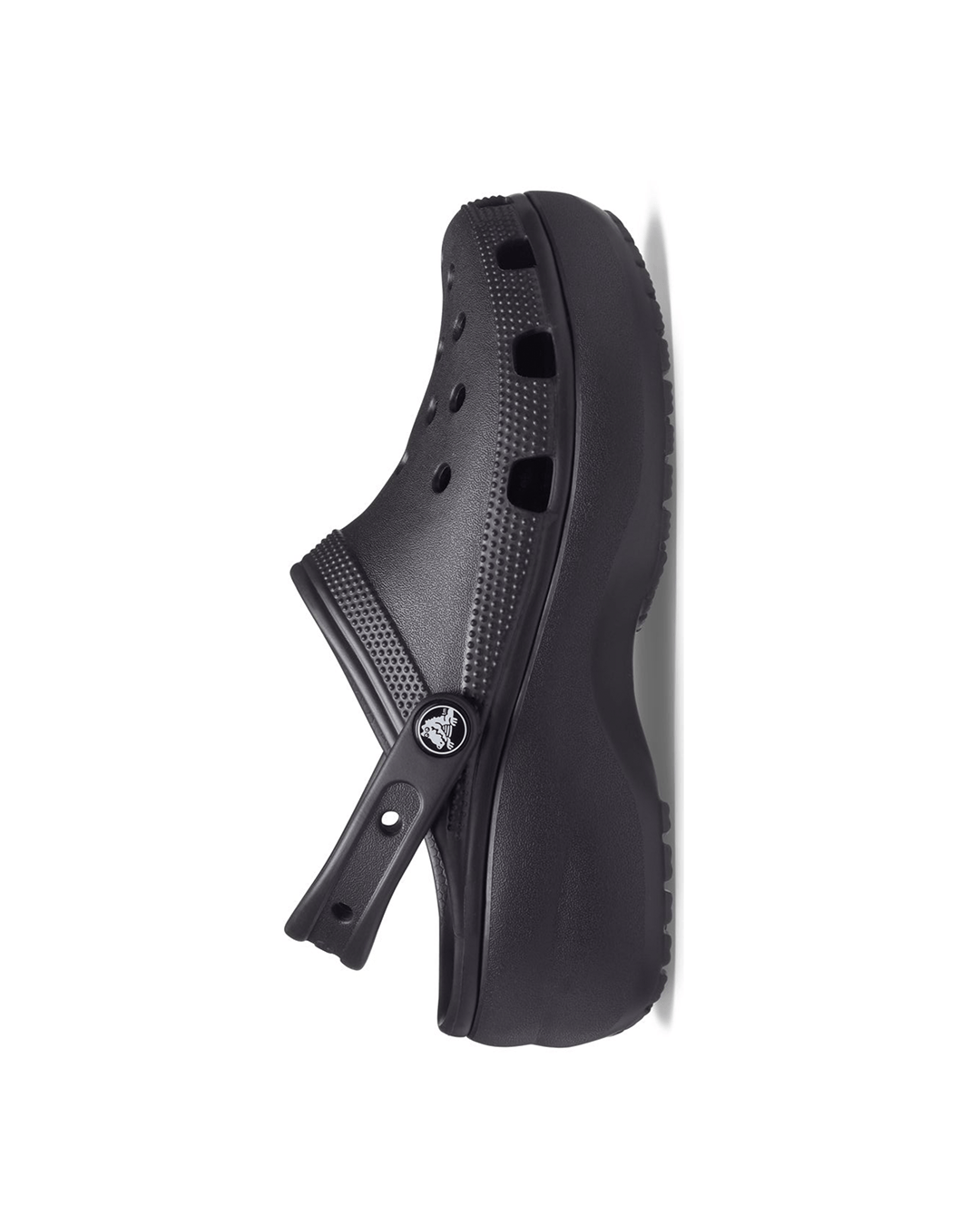
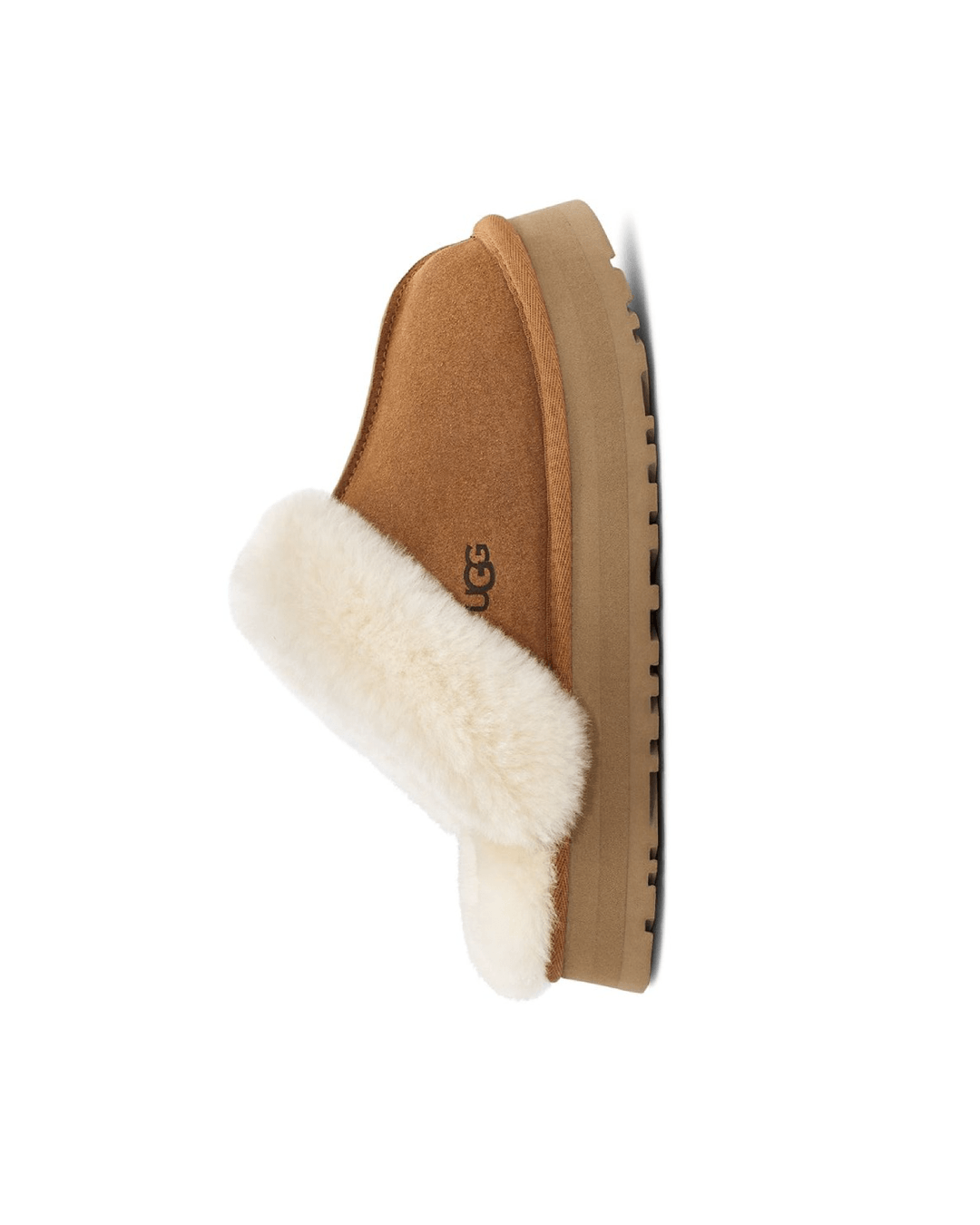
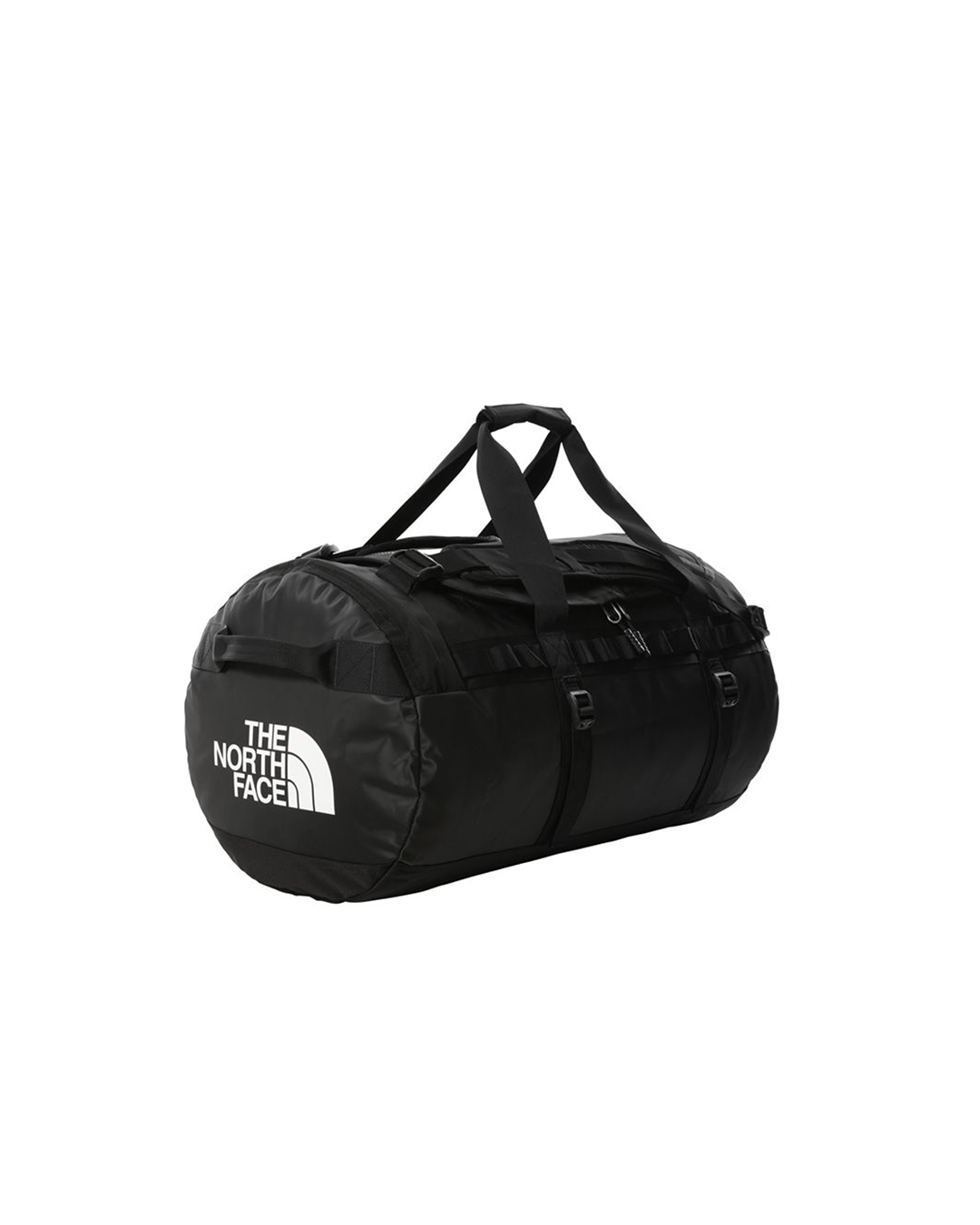

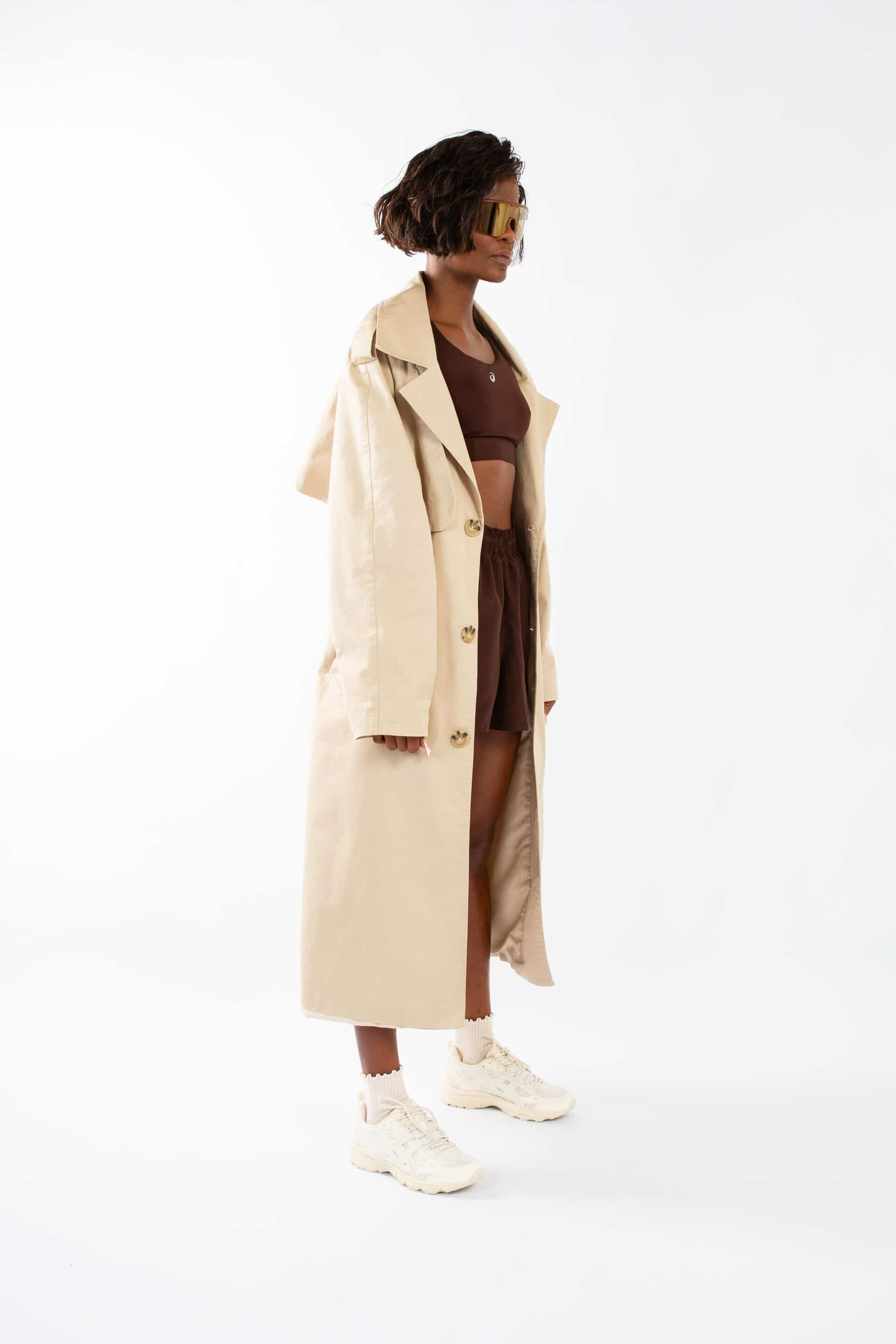
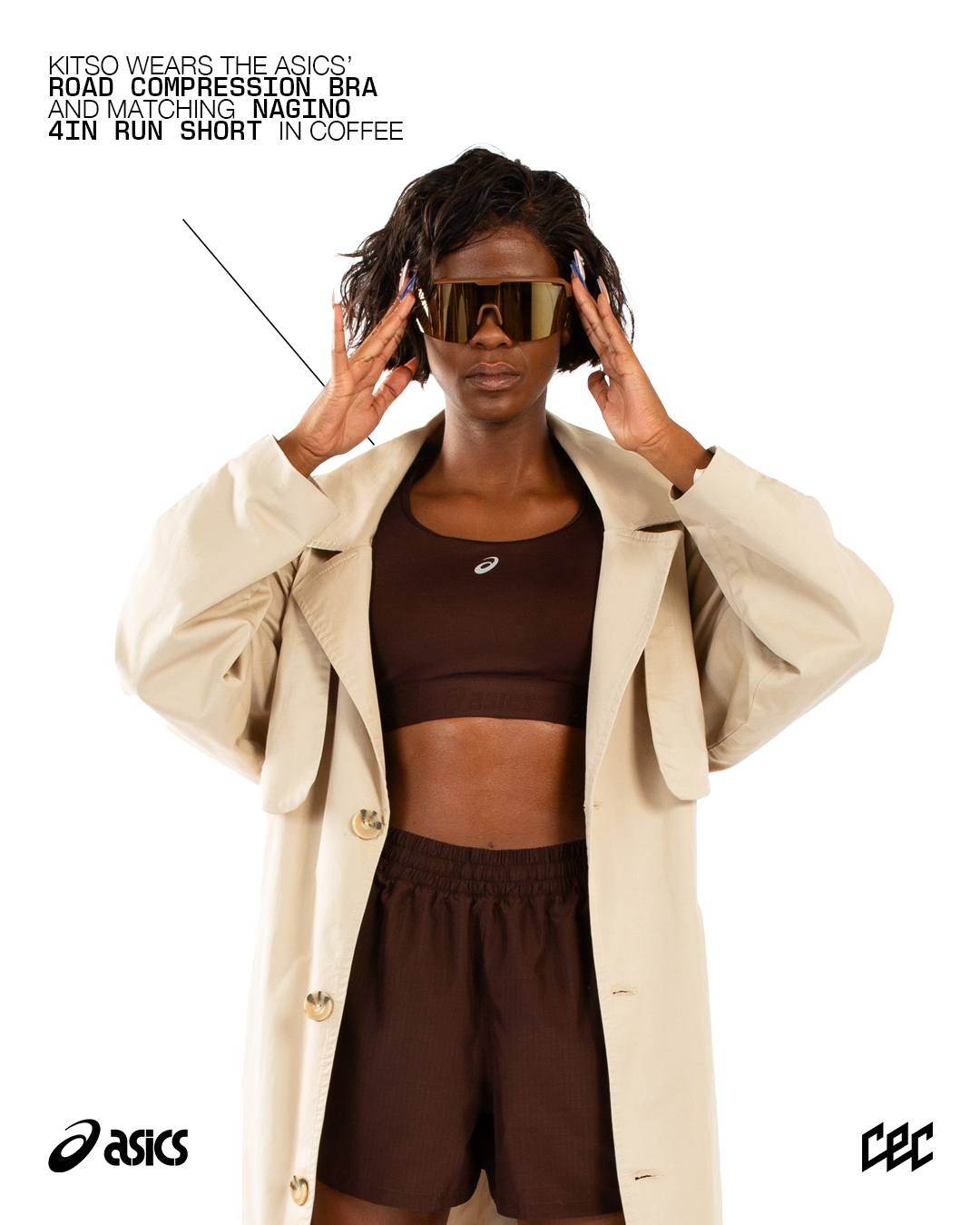
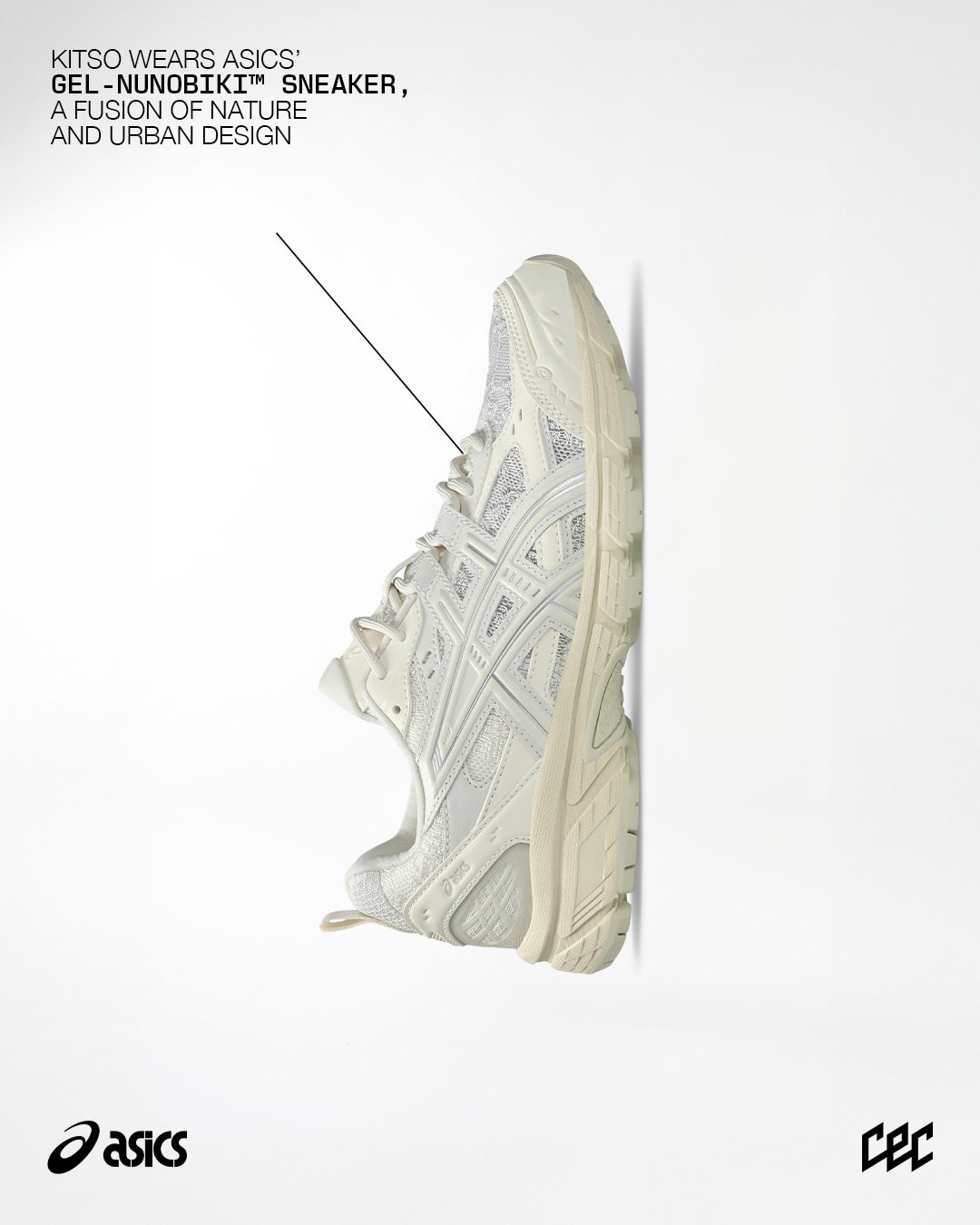
Recent Comments